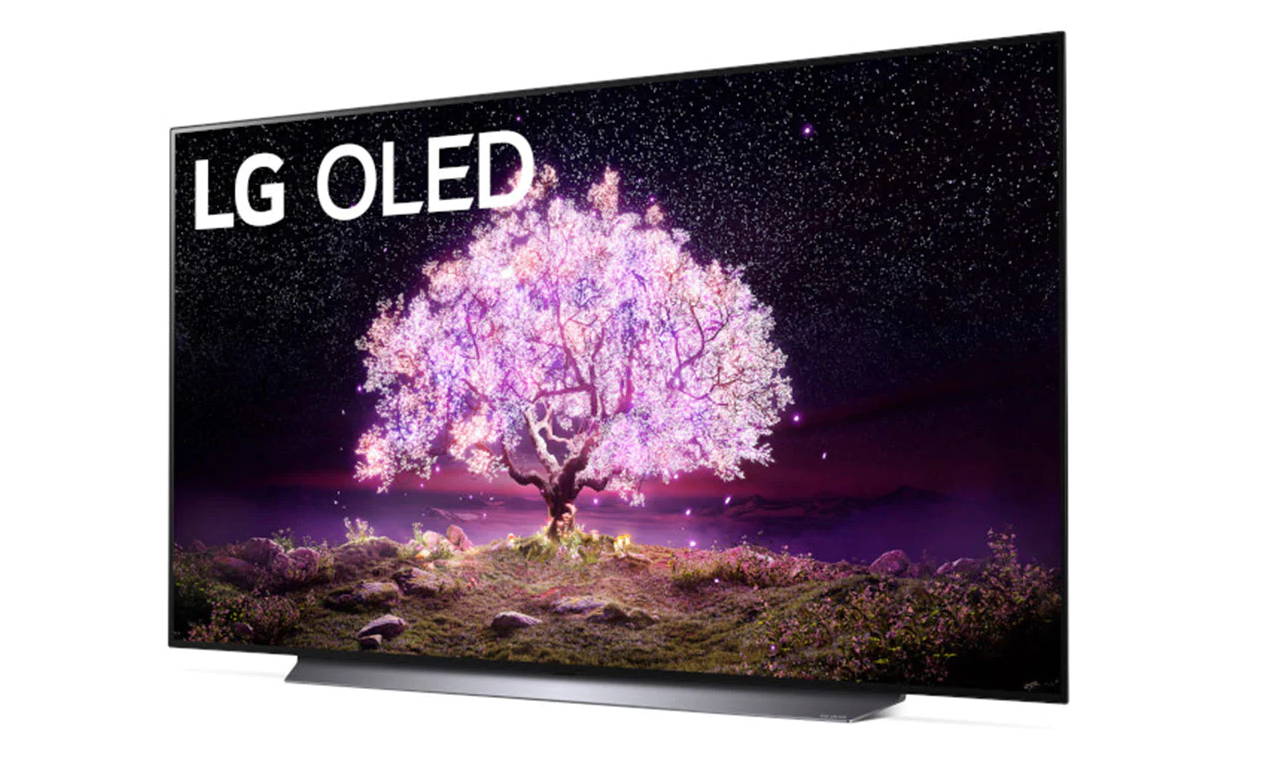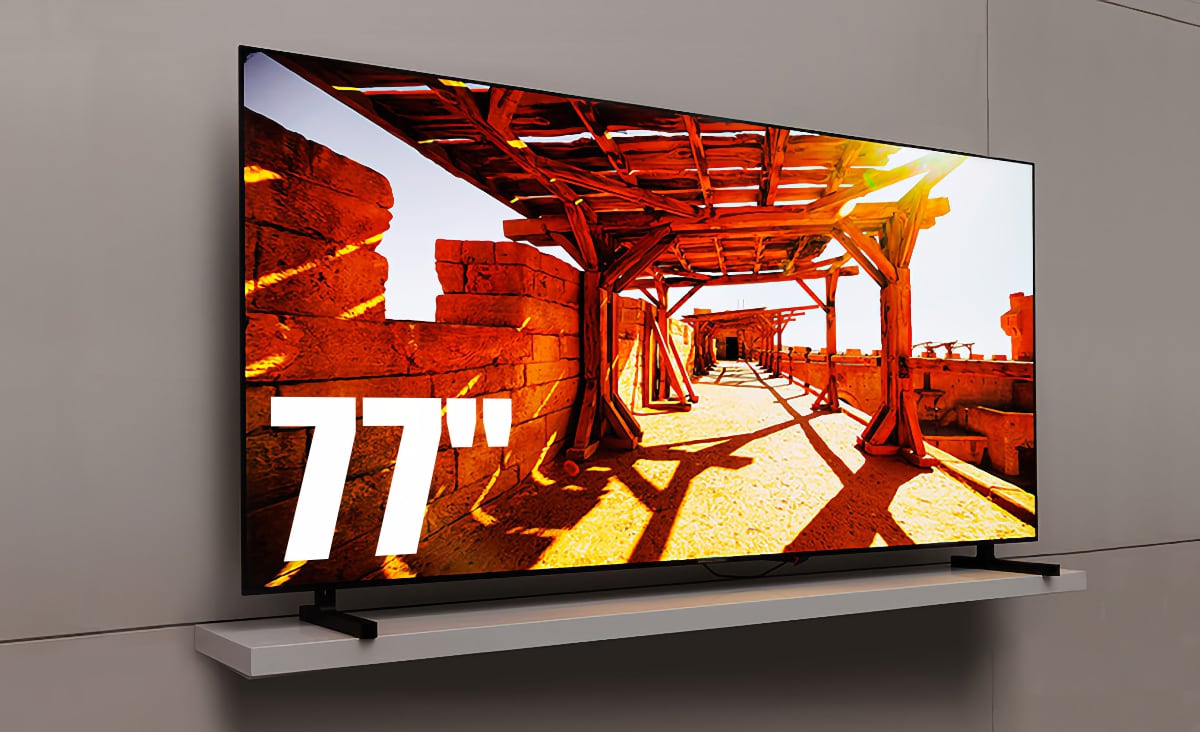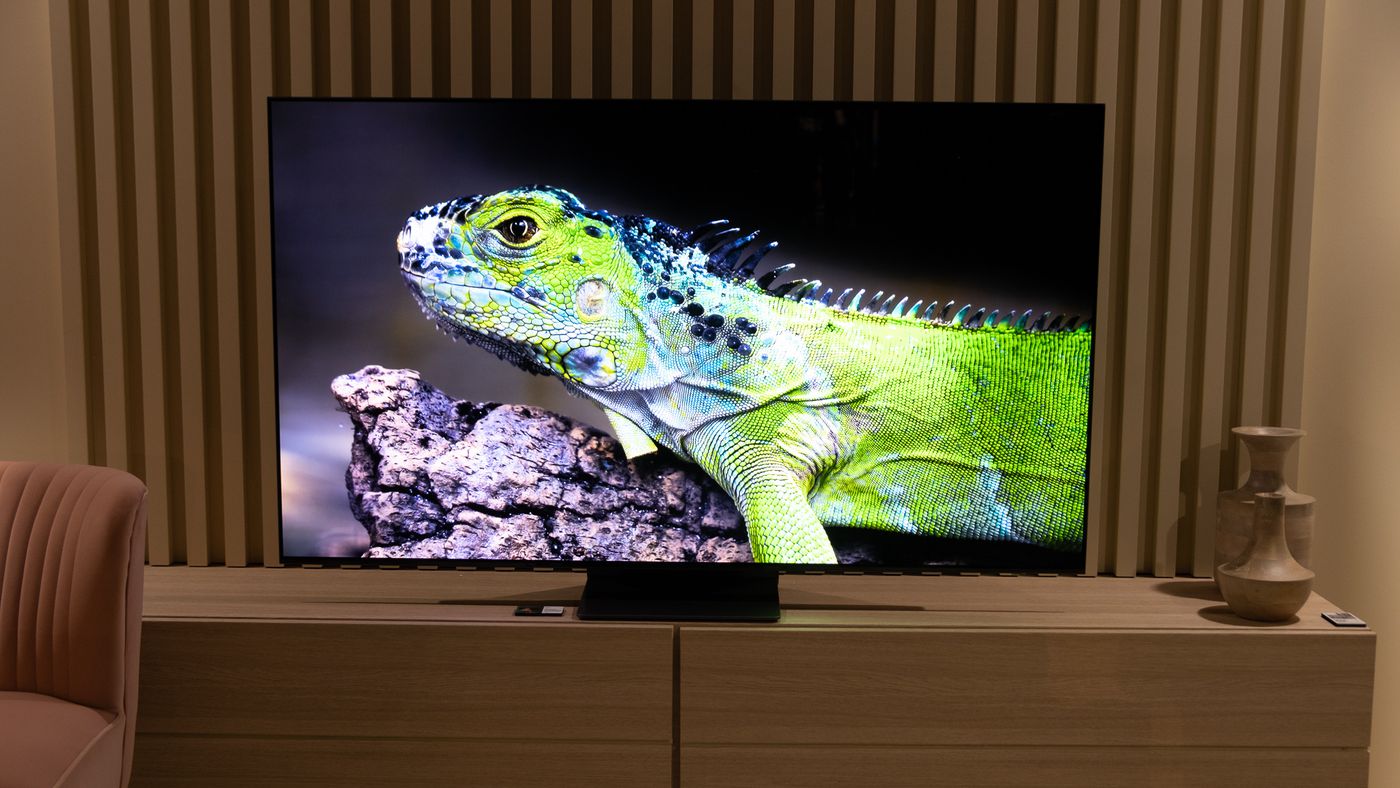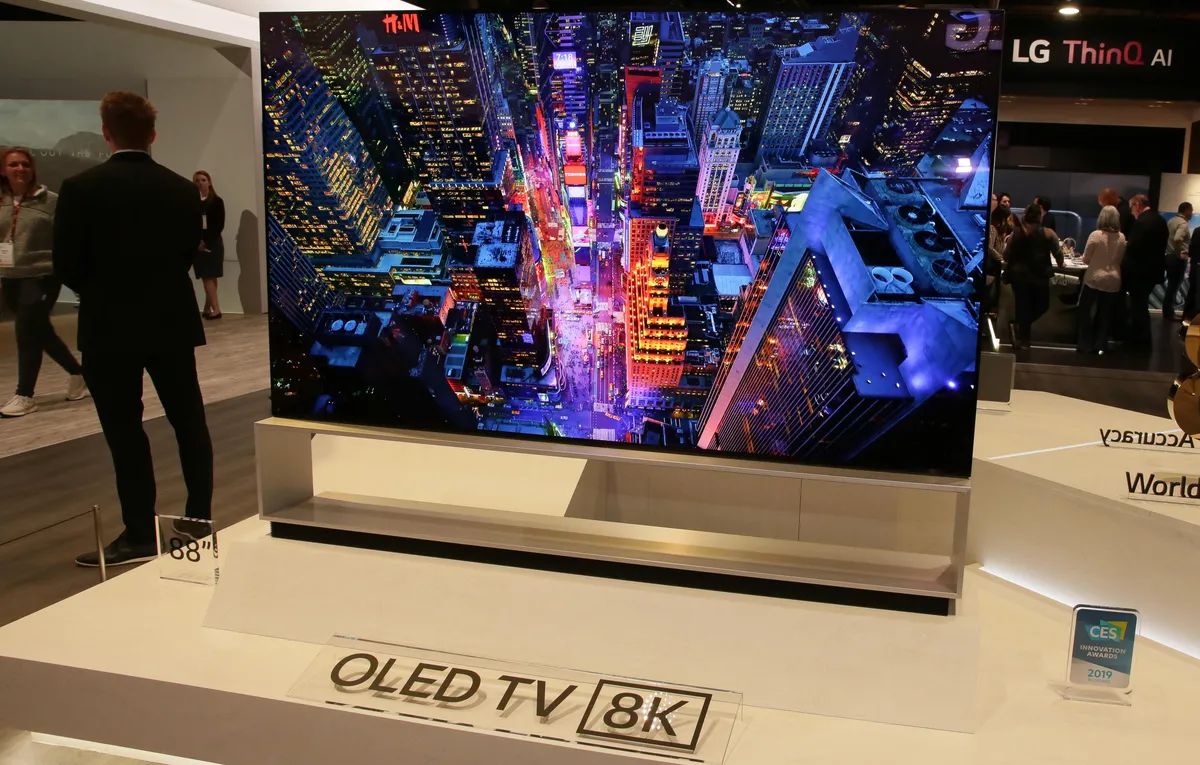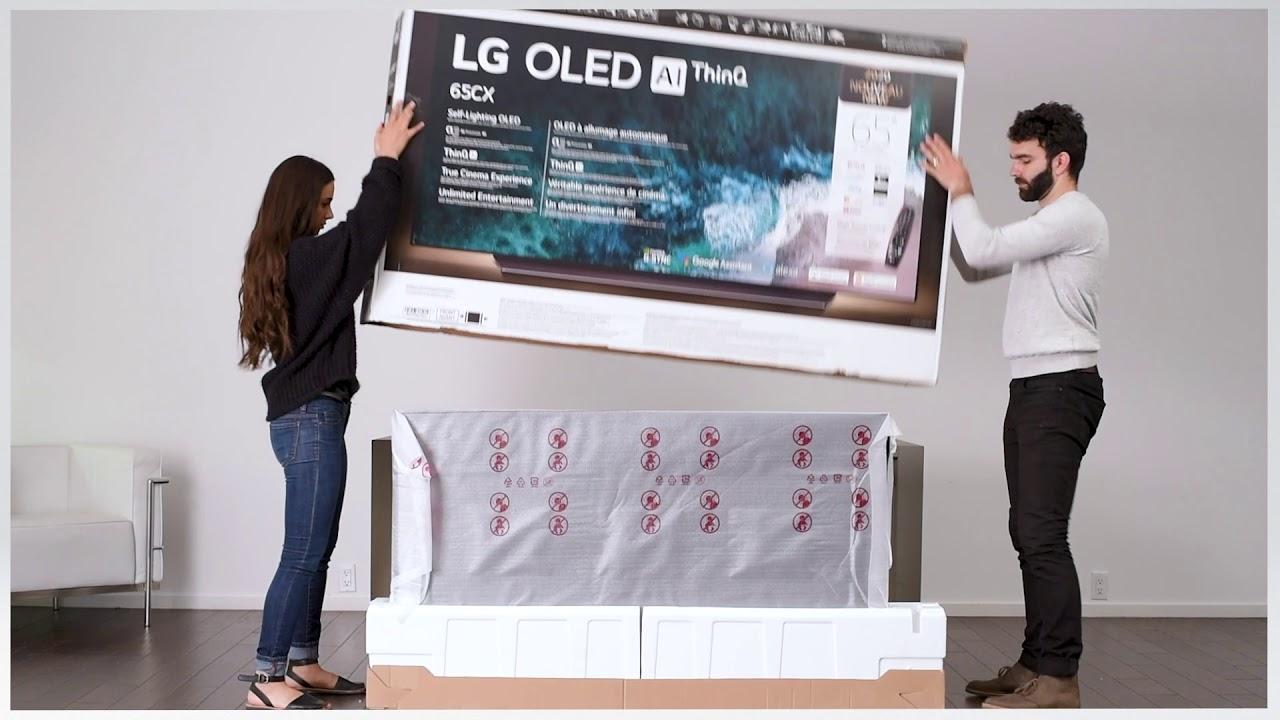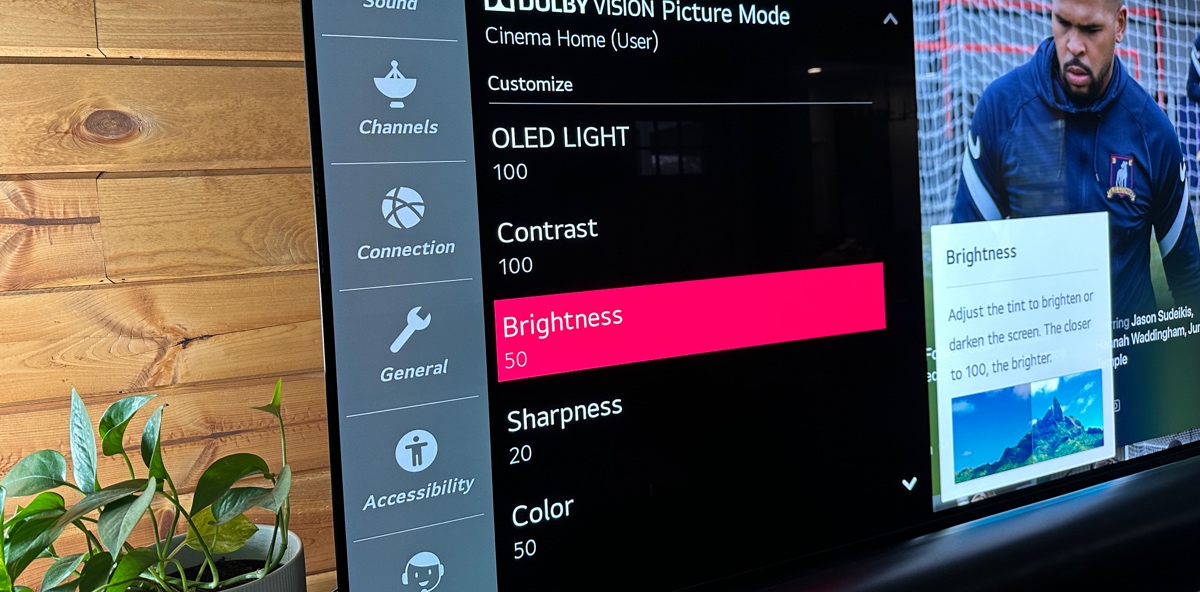Introduction
LG Electronics, a renowned global technology company, has revolutionized the television industry with its cutting-edge OLED (Organic Light Emitting Diode) technology. OLED TVs offer an unparalleled viewing experience with vibrant colors, enhanced contrast, and ultra-thin screens, captivating audiences around the world.
With the growing demand for OLED TVs, many consumers are curious about where these innovative devices are made. In this article, we’ll delve into the manufacturing process and facilities behind LG’s OLED TVs, shedding light on the journey from production to distribution.
LG’s commitment to excellence extends beyond delivering exceptional products. The company maintains a strong focus on environmental sustainability, aiming to reduce the carbon footprint of their manufacturing operations. Understanding LG’s manufacturing process helps us appreciate the quality and craftsmanship behind each LG OLED TV.
In the following sections, we will explore the history of LG OLED TVs, highlight LG’s manufacturing facilities, delve into the production process, learn about the stringent quality control measures employed, and examine the global distribution network of LG OLED TVs. Let’s embark on this fascinating journey to discover the secrets behind LG’s renowned OLED TV series.
History of LG OLED TV
The journey of LG OLED TVs began in the early 2000s when LG’s research and development team made a breakthrough in OLED technology. OLED panels consist of organic materials that emit light independently when an electric current is applied, eliminating the need for a separate backlighting system. This unique feature allows for self-illuminating pixels, delivering exceptional picture quality and infinite contrast ratios.
In 2013, LG introduced the world’s first commercially available large-sized OLED TV, setting a new standard for home entertainment. The LG OLED TV series quickly gained recognition for their superior image quality, slim design, and energy efficiency.
Over the years, LG has continued to innovate and refine their OLED technology. They introduced advancements such as HDR (High Dynamic Range) compatibility, which enhances the color range and contrast, providing a more immersive viewing experience. LG OLED TVs also feature AI (Artificial Intelligence) capabilities, allowing users to control their TV using voice commands and enjoy a personalized content recommendation.
LG’s commitment to research and development has propelled them to the forefront of the OLED TV market. Their relentless pursuit of excellence has earned them numerous accolades, including multiple honors at industry events like CES (Consumer Electronics Show).
Today, LG OLED TVs are highly regarded for their exceptional picture quality, sleek design, and innovative features. They have become a symbol of luxury and technological prowess in the world of home entertainment.
The rich history of LG OLED TVs showcases the company’s dedication to pushing the boundaries of TV technology and providing consumers with an unmatched viewing experience. As we explore the manufacturing process, we will uncover the meticulous craftsmanship and attention to detail that goes into each LG OLED TV.
LG’s Manufacturing Facilities
LG Electronics operates state-of-the-art manufacturing facilities for its OLED TVs, equipped with advanced technology and stringent quality control measures. The company has invested heavily in establishing production lines that can meet the growing demand for OLED TVs while maintaining the highest standards of quality.
One of LG’s primary manufacturing facilities is located in South Korea. This facility houses a dedicated OLED production line, equipped with cutting-edge equipment and specialized machinery. The precise and intricate manufacturing process ensures that every LG OLED TV meets the company’s rigorous standards.
Additionally, LG has expanded its manufacturing capabilities globally. They have established OLED production lines in countries like China and Poland, further enhancing their production capacity and streamlining the global supply chain.
The manufacturing facilities are designed to optimize efficiency and minimize environmental impact. LG prioritizes sustainability, implementing energy-efficient systems and waste reduction strategies throughout the manufacturing process. By employing eco-friendly practices, the company strives to reduce its carbon footprint and contribute to a greener future.
Moreover, LG’s manufacturing facilities adhere to stringent safety standards and ethical manufacturing practices. The company places great importance on the well-being and safety of its employees, ensuring a safe working environment for all workers involved in the production of OLED TVs.
By establishing world-class manufacturing facilities, LG Electronics demonstrates its commitment to delivering premium-quality OLED TVs while upholding sustainability and ethical standards. These facilities are the backbone of the production process, enabling LG to meet the increasing demand for their innovative OLED TV series.
LG’s OLED TV Production Process
The production process of LG OLED TVs is a meticulous and intricate journey that involves several stages. Each stage is carefully executed to ensure the highest level of quality and precision for every OLED TV that comes off the line.
The process begins with the creation of the OLED panel itself. LG uses cutting-edge manufacturing techniques to produce ultra-thin and flexible OLED panels. These panels are then carefully inspected for any defects or imperfections before moving on to the next stage.
Once the OLED panels pass the strict quality control tests, they are transported to the assembly line. Here, skilled technicians carefully integrate the OLED panels with the necessary components, including the processor, audio system, and connectivity modules, to create a fully functional OLED TV.
During the assembly process, LG places a strong emphasis on quality control. Each component is thoroughly inspected to ensure proper functionality and adherence to LG’s rigorous standards. Any defective components are immediately replaced to ensure the final product meets the highest quality requirements.
Once the assembly is complete, the OLED TVs undergo a series of tests to ensure optimal performance. These tests include color calibration, contrast ratio measurement, and motion handling assessment. LG uses advanced testing equipment and software algorithms to meticulously fine-tune the picture and sound quality, resulting in a truly immersive viewing experience.
After passing the rigorous quality tests, the OLED TVs undergo a final inspection for any cosmetic imperfections. Skilled inspectors meticulously examine each unit to ensure it meets LG’s stringent aesthetic standards, including the absence of scratches, dents, or any other flaws.
Finally, the OLED TVs are carefully packaged and prepared for distribution. LG employs eco-friendly packaging materials and practices to minimize environmental impact.
LG’s OLED TV production process is a combination of sophisticated technology, rigorous quality control measures, and skilled craftsmanship. Each step in the process is meticulously executed to deliver a premium-TV experience to consumers worldwide.
Quality Control Measures at LG
LG Electronics is renowned for its commitment to delivering products of the highest quality, and this dedication extends to its OLED TVs. Throughout the manufacturing process, LG employs stringent quality control measures to ensure that every OLED TV meets the company’s exacting standards.
At the outset, LG focuses on sourcing the highest quality materials and components for its OLED TVs. By working with trusted suppliers and conducting thorough quality checks, they ensure that only the best components are used in the production process.
During the manufacturing process, each OLED TV undergoes multiple stages of comprehensive testing. These tests cover various aspects, including visual and audio performance, connectivity, and durability. LG utilizes advanced testing equipment and software to measure and analyze factors such as color accuracy, contrast ratio, motion handling, and response time, among others.
The quality control measures extend beyond the functional aspects of the OLED TVs. LG also places great emphasis on the aesthetics and build quality of each unit. Skilled inspectors meticulously examine the external appearance of every OLED TV, ensuring that it is free from any cosmetic imperfections that may affect the overall user experience.
LG’s commitment to quality extends to the post-production stage as well. Before being shipped to customers, each OLED TV undergoes a final inspection to ensure that it meets the company’s strict quality criteria. This includes a final performance assessment and a thorough check for any defects or issues that may have gone unnoticed during earlier stages of the manufacturing process.
Furthermore, LG constantly monitors customer feedback and conducts regular audits to identify areas for improvement. They use this information to continuously refine their quality control processes, ensuring that any issues or concerns raised by customers are promptly addressed.
By implementing these rigorous quality control measures, LG Electronics ensures that every OLED TV that bears their name is of the highest standard. Customers can have confidence in the performance, durability, and overall quality of an LG OLED TV.
Global Distribution of LG OLED TV
The popularity of LG OLED TVs spans across the globe, and LG Electronics has established a robust distribution network to meet the demand of consumers worldwide. Through strategic partnerships and efficient logistics, LG ensures that their OLED TVs are readily available in various markets.
LG OLED TVs are distributed through a combination of channels, including online retailers, physical stores, and authorized dealers. This multi-channel approach allows customers to choose the most convenient and suitable purchasing option based on their preferences and location.
Online retailers play a crucial role in the global distribution of LG OLED TVs. Through their e-commerce platforms, LG reaches customers in both urban and remote areas, expanding access to their products. Customers can conveniently browse through different models, compare specifications, and make their purchase with just a few clicks.
In addition to online retailers, LG has established partnerships with a wide network of physical stores. These retail outlets, ranging from electronics superstores to specialty TV retailers, provide customers with the opportunity to see, touch, and experience LG OLED TVs before making a purchase. These physical stores also offer installation services and after-sales support, further enhancing the customer experience.
Authorized dealers are essential elements of LG’s distribution network. These dealers are selected based on their expertise and commitment to providing exceptional customer service. They ensure that customers receive personalized assistance, in-depth product knowledge, and access to the latest LG OLED TV models and accessories.
LG’s global distribution network extends to multiple countries and regions around the world. From major markets in North America, Europe, and Asia to emerging markets in Latin America and Africa, LG OLED TVs are available to customers in diverse geographic locations.
Efficient logistics and supply chain management form the backbone of LG’s global distribution efforts. By partnering with reputable shipping and transportation companies, LG ensures timely delivery and efficient handling of OLED TVs across various markets. This streamlined distribution network enables customers to receive their LG OLED TVs promptly after purchase.
As LG continues to expand its global reach, the company remains committed to delivering the same exceptional quality and customer experience across all markets. Regardless of where customers are located, LG OLED TVs can be accessed with ease, providing viewers around the world with unparalleled picture quality and a truly immersive entertainment experience.
Conclusion
The journey of LG OLED TVs from their manufacturing facilities to the global distribution network demonstrates LG Electronics’ commitment to delivering exceptional quality and cutting-edge technology. Through a combination of advanced manufacturing processes, stringent quality control measures, and a robust distribution network, LG has established itself as a prominent player in the OLED TV market.
Starting with the breakthrough in OLED technology, LG has continuously pushed the boundaries of innovation, offering consumers a revolutionary viewing experience. Their commitment to research and development has resulted in OLED TVs that boast vibrant colors, infinite contrast ratios, and ultra-thin designs.
LG’s manufacturing facilities, equipped with state-of-the-art technology and energy-efficient practices, ensure that every OLED TV meets the highest standards. The meticulous production process involves the integration of high-quality components and rigorous quality control testing, guaranteeing optimal performance and visual quality.
With a global distribution network that includes online retailers, physical stores, and authorized dealers, LG OLED TVs are readily accessible to customers around the world. The strategic partnerships and efficient logistics ensure timely delivery and customer satisfaction.
In conclusion, LG Electronics’ commitment to excellence is evident in every aspect of the production and distribution of their OLED TVs. By combining technological innovation, strict quality control measures, and effective global distribution, LG continues to redefine the standards of home entertainment. As a result, LG OLED TVs have become a symbol of luxury, sophistication, and unparalleled visual experience, captivating audiences worldwide.







